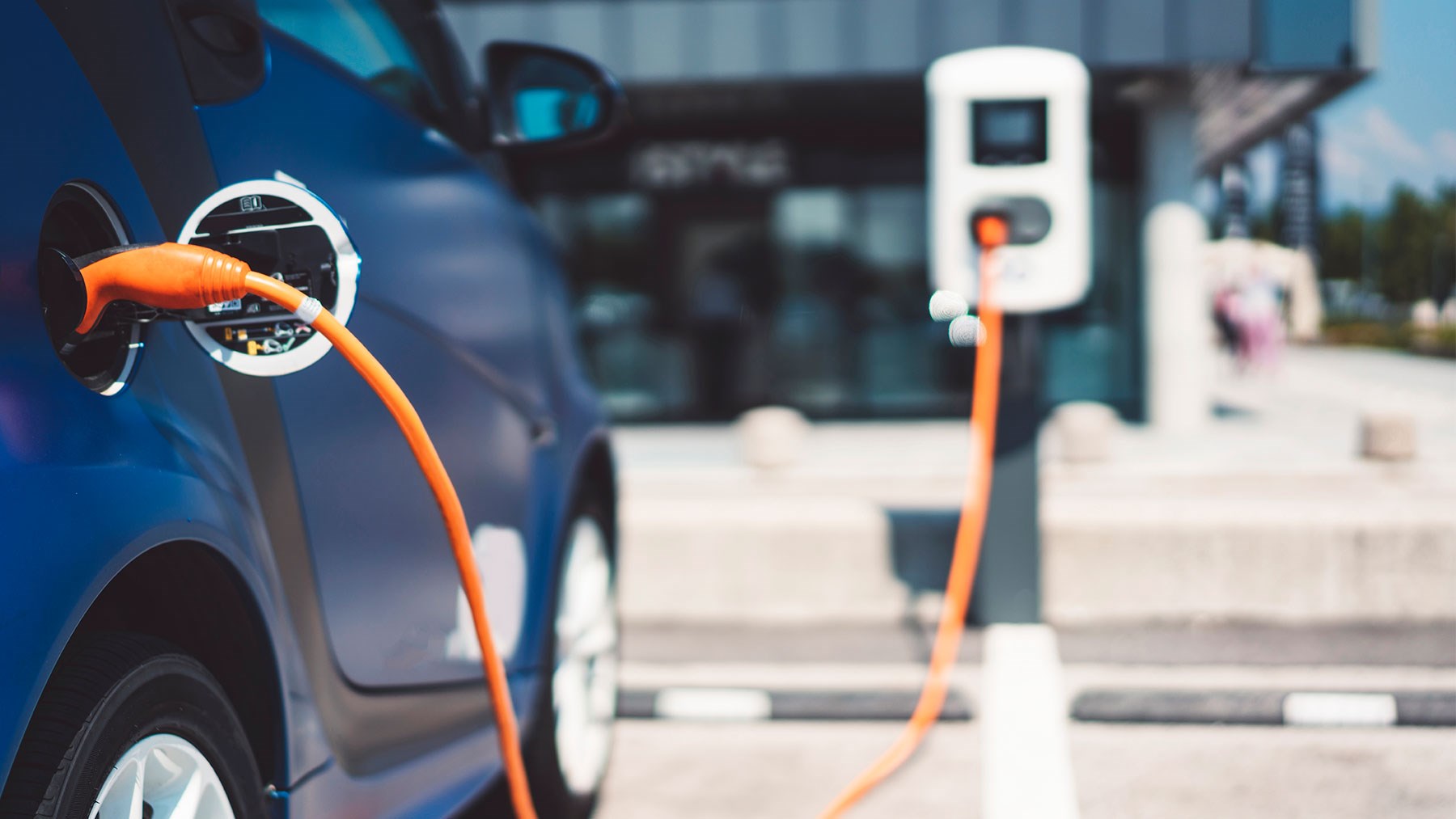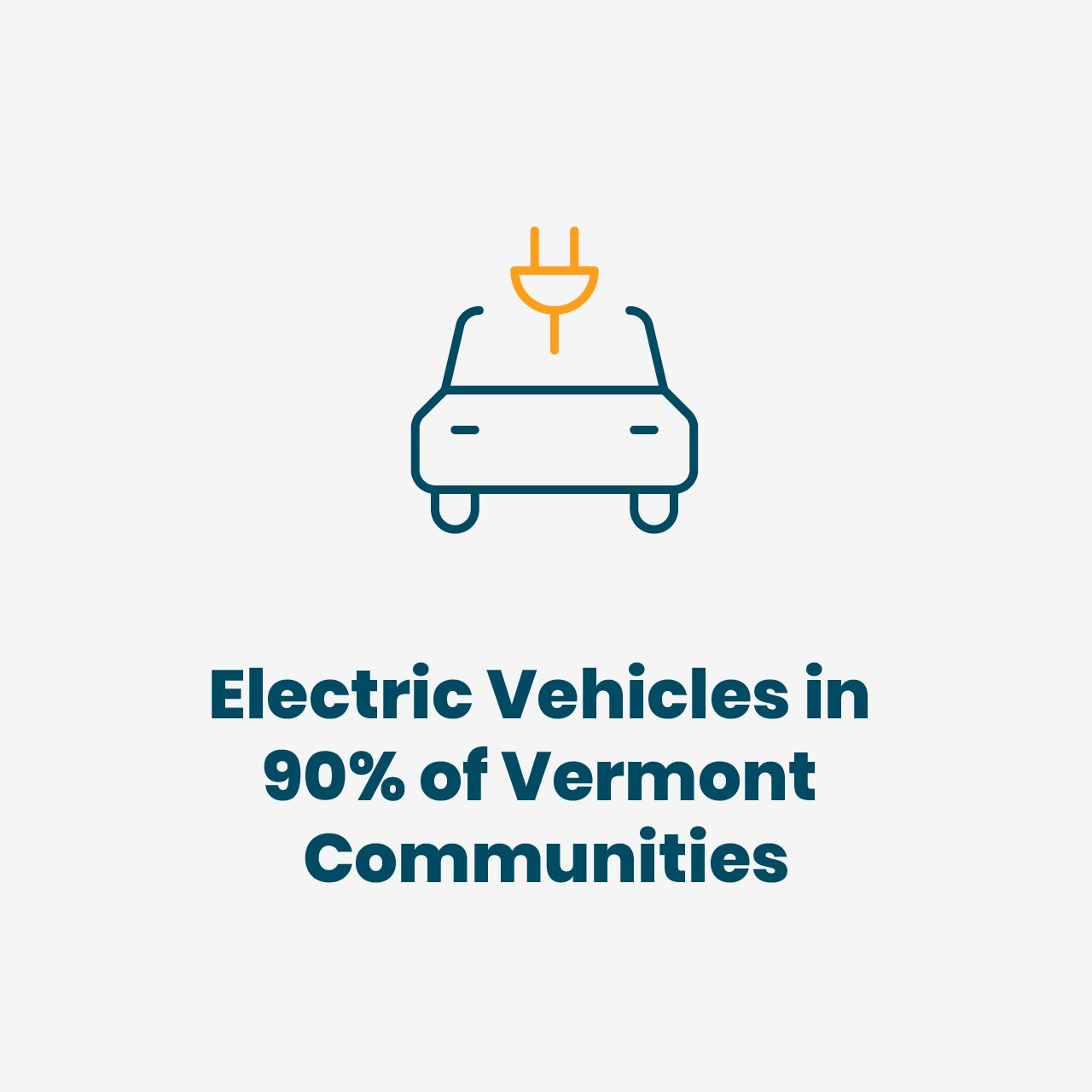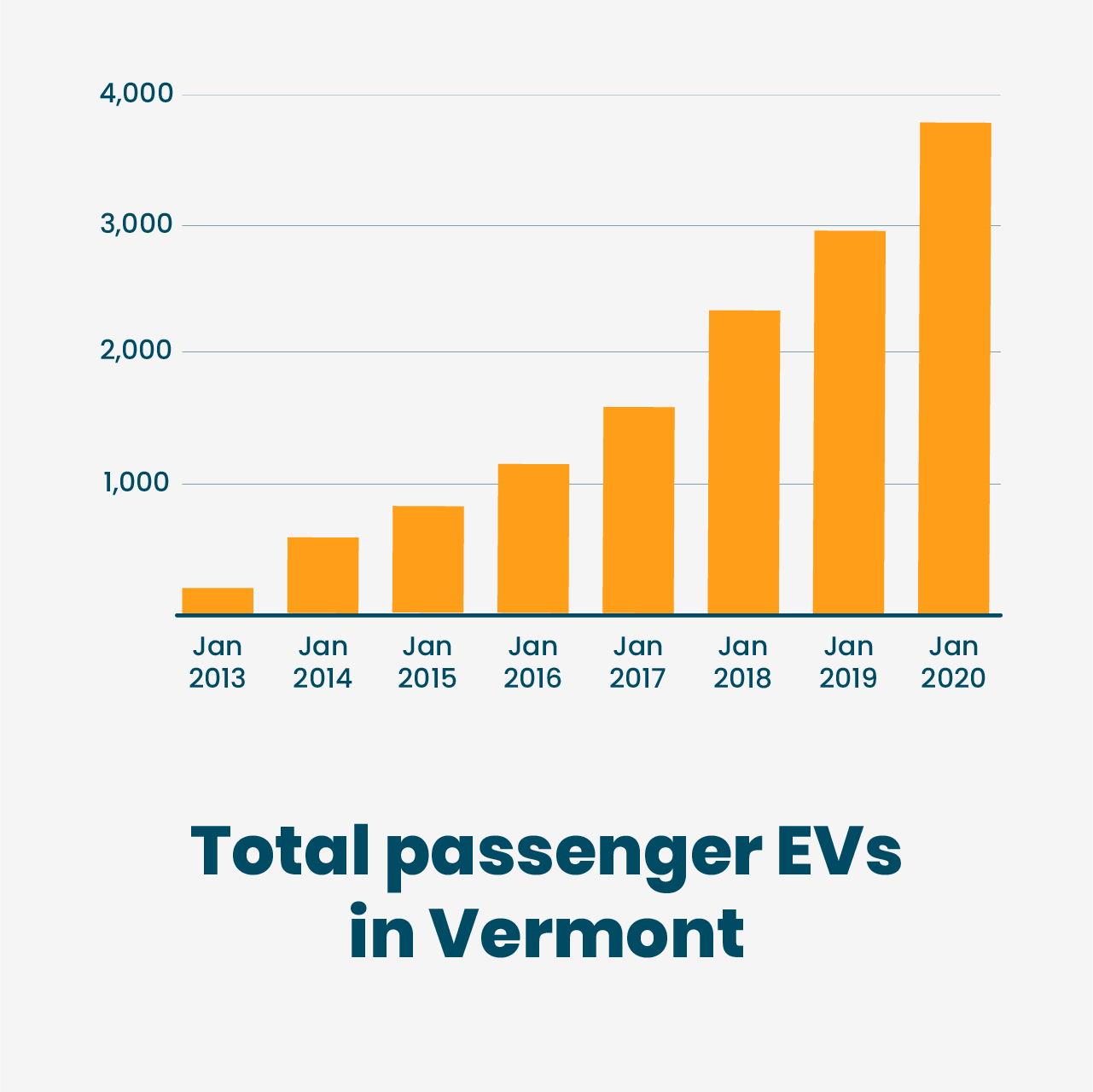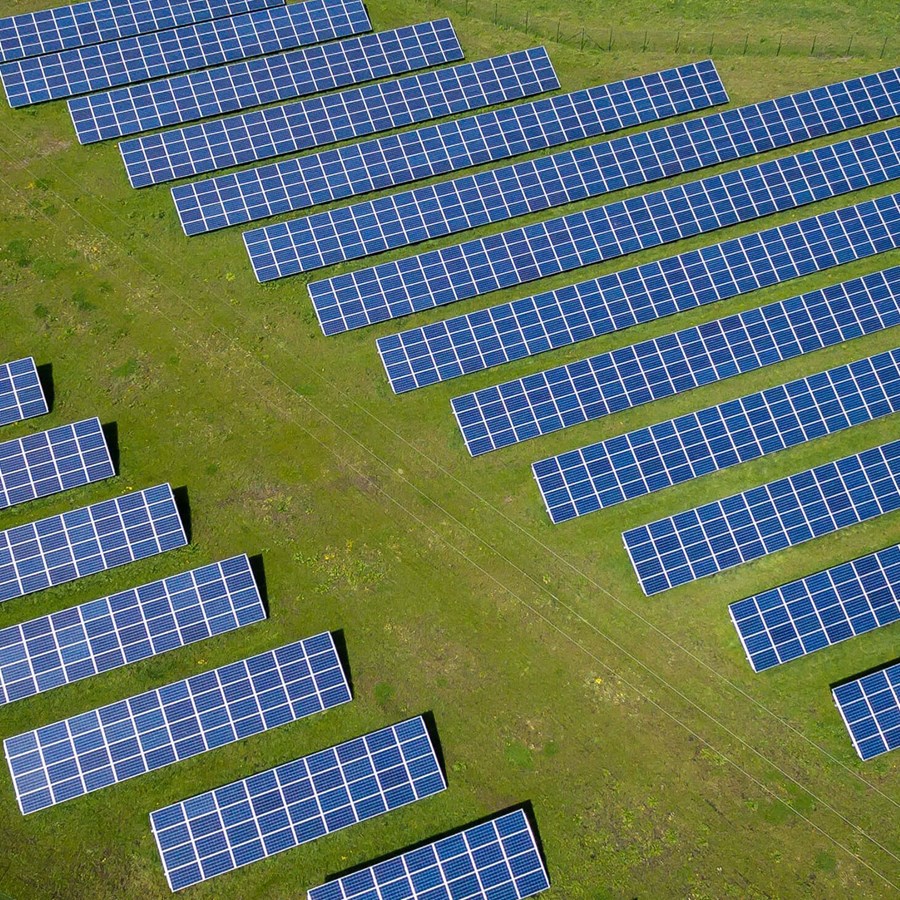An electric vehicle ecosystem, built from scratch

The Challenge
Electric vehicles are key to reducing greenhouse gas emissions created by everyday transportation needs, but consumer awareness, range limitations, limited public charging infrastructure, and upfront cost are frequent barriers to electric vehicle adoption, especially in rural communities and in lower income households.
The Solution
The Drive Electric Vermont program was formed in 2012 to get more electric cars on Vermont roads, support them with adequate charging stations around the state, and get the word out about model availability and cost-saving incentives for electric vehicle buyers. Services: Transportation Electrification
The Impact
Thanks to a coordinated partnership with stakeholders, the number of plug-in electric vehicles registered in Vermont grew from 120 in October 2012 to 3,700 in January 2020, and charging stations have increased rapidly. Vehicle affordability has improved, the used EV market is growing, and federal, state and electric utility incentives for Vermonters are widely available.
Electric cars in rural Vermont?
It’s easy to see there’s a tremendous opportunity to reduce greenhouse gas emissions (GHG) by switching from internal combustion engines to plug-in electric vehicles. Increased efficiency and Vermont’s increasingly renewable electric grid provide significant carbon reductions. The tricky part is getting all the pieces in place to allow for a smooth transition.
The Drive Electric Vermont program (DEV) was founded in 2012 with the goal of getting Vermonters to switch to plug-in electric vehicles, even with significant weather and demographic differences between Vermont and other areas of rapid EV adoption around the U.S.
DEV is a unique public/private partnership formed between three state agencies — Vermont Agency of Transportation, Vermont Agency of Natural Resources and Vermont Public Service Department — and with VEIC acting as a centralized hub for strategic planning, communications, and stakeholder engagement.

The DEV program was recognized as a success story by the U.S. Department of Energy, as it helped create a six-fold increase in charging stations in its first four years while Vermont became a national leader in cold-climate EV registrations. Since the creation of DEV, electric vehicles on Vermont roads have increased from 120 to over 3,700 in 2020, and charging stations have grown from a mere 17 in 2013 to more than 230. Electric vehicles are now registered in 90% of Vermont communities.
DEV continues to address barriers to EV adoption, including for low-income Vermont residents. Tiered state subsidies now offer larger incentives to income-qualified Vermonters, while popular EV lease programs helps lay the groundwork for an affordable used EV market. DEV has identified key savings metrics for EV adopters, and the DEV website offers accessible, in-depth breakdowns of available vehicles, incentives, and costs.
“Vermont is a recognized leader in EV adoption, and VEIC has supported the state’s EV efforts from the get-go. From early policy development, to convening state agencies, utilities, NGOs, and businesses, to consumer education and outreach, VEIC has played both strategic and supporting roles to get us here.”
Change doesn't always happen one step at a time
The political will to get more electric vehicles on the road was no guarantee for success in 2012, given the challenges of limited awareness, range-reducing cold weather, an utter lack of charging stations, and higher upfront costs.
There were many questions. How do you get people to drive electric cars when they were perceived to be prohibitively expensive and unfamiliar? Why should dealerships stock electric vehicles and re-train staff when demand seemed minimal and charging stations were virtually nonexistent? Why would businesses host charging stations when few of their customers drive electric cars? Why would electric utilities invest in charging stations for such a tiny number of EVs?
The success of DEV required clear communications between consumers, the business community, electrical utilities and three state agencies … all at the same time. The program’s outcome is a testament to VEIC’s expertise as a convener of diverse interests and creative partner in transportation electrification.

A U.S. Department of Energy study identified several critical factors that simultaneously contributed to the success of the DEV program, bringing together a wide range of key players to understand the potential economic and environmental benefits of EV adoption and make it a reality:
- Having a one-stop, central point of contact for stakeholders including utilities, charging sites, consumers, auto dealers and tech support
- Early, concurrent engagement with policy makers, businesses, and electric vehicle adopters
- EV registration tracking to show progress and inform localized program targeting
- Car dealership outreach and education, including the development of innovative incentive programs to drive sales
- Incentives and grants, both public and private, which played a major role in the success of electric vehicles and charging stations in Vermont
- Consumer education, including ride-and-drive events and the Drive Electric Vermont website got early adopters involved and lead the transition into the mainstream
The path to EV adoption in Vermont wasn’t simple or straightforward in 2012, and the work isn’t over. Our efforts are ongoing to improve equity for low-income people and to bring EVs further into the mainstream at Vermont dealerships. But thanks to improvements in EV affordability and range, along with growing consumer awareness in 2020, a program of similar scope to DEV could be expected to produce similar results elsewhere, but even more rapidly, at comparable funding levels.
This project's team leaders
View Our Team



